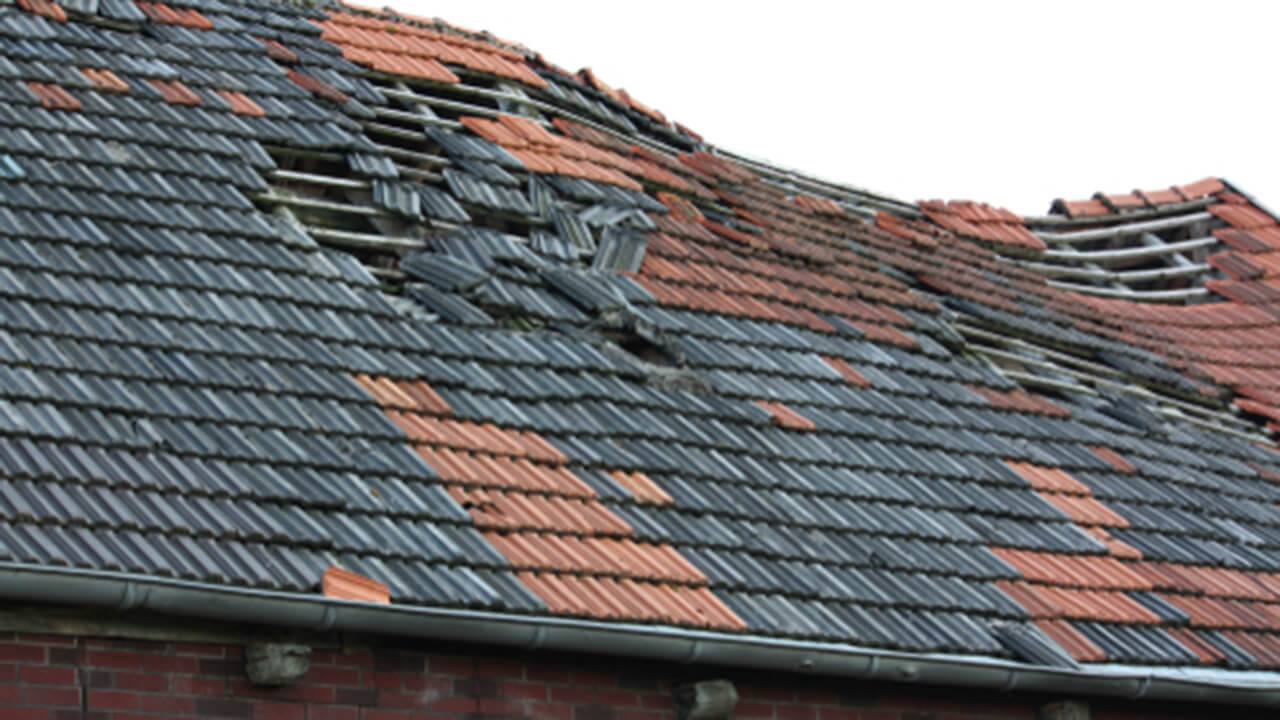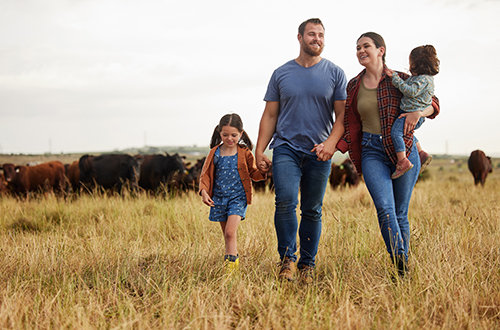As discussed in our VAT registration threshold article, it is quite common for farming businesses to have partial exemption issues.
As well as the letting of residential property, diversification brings new income streams which can be exempt, for example basic livery. Opportunities to let commercial property also usually requires an option to tax to be made before the supply is seen as taxable.
The technical basis of the issue is that a VAT registered business can reclaim VAT incurred on business expenditure incurred in making taxable (20%, 5% and 0%) supplies. Exempt supplies are not taxable, so the VAT incurred in making these (whether directly or part of an overhead) is not reclaimable.
There are a number of issues to bear in mind with partial exemption. The starting point is having a good system of allocating costs between taxable supplies and exempt supplies, with those costs that cannot be allocated directly falling in to the overhead “pot”.
Partial exemption is a “tainting” provision, so if a laptop is used wholly for wheat production (storing data of suppliers, fertilizer use, prices offered by buyers, etc. the VAT on this laptop is fully recoverable. But if the laptop is used once a month to print out an exempt rent demand for a cottage on the estate (an exempt supply), the cost of the laptop is tainted by this and becomes an overhead of the business.
Also, partial exemption is very dependent on facts. For example, if exempt supplies change substantially or costs relating to the exempt supply increase (that cottage needs a new roof) this can substantially impact on the business. For example, a
farming business
has exempt supplies of cottage rentals (but not holiday lets which are standard rated) but the costs relating to those supplies are at a level that is below the “deminimis” threshold so does not impact on the VAT recovery for the business as a whole. Then one year the cottage requires substantial works which means for a couple of VAT periods the business is partially exempt and suffers a VAT restriction.
This restriction may be temporary as the standard method partial exemption calculation requires an annual adjustment to be made to smooth out the peaks and troughs of taxable to exempt sales and expenditure. This can be key from a business which is highly seasonal. A business that is aware of its partial exemption position can even use this information to time the incurring of exempt costs to minimise the impact of partial exemption.
To add to the joy, the partial exemption year is dependent on the VAT return periods rather than the businesses financial year, and to establish if you are over the deminimis threshold (which is a tipping point, so £25 over sees all the exempt VAT being irrecoverable not the £25) you do need to do the partial exemption calculations.
If you do not identify the restrictions and make them, then HMRC is likely to impose penalties and interest on top of the amount irrecoverable. If you have any questions regarding partial exemption please get in touch .
This article is from the latest edition of our Agricultural Briefing. To receive future copies of any of our newsletters directly to your inbox, please visit our preference centre to register your interest.
If you have any questions about the above, or would like more information specific to your circumstances, please enter your email address below and we will get in touch:













